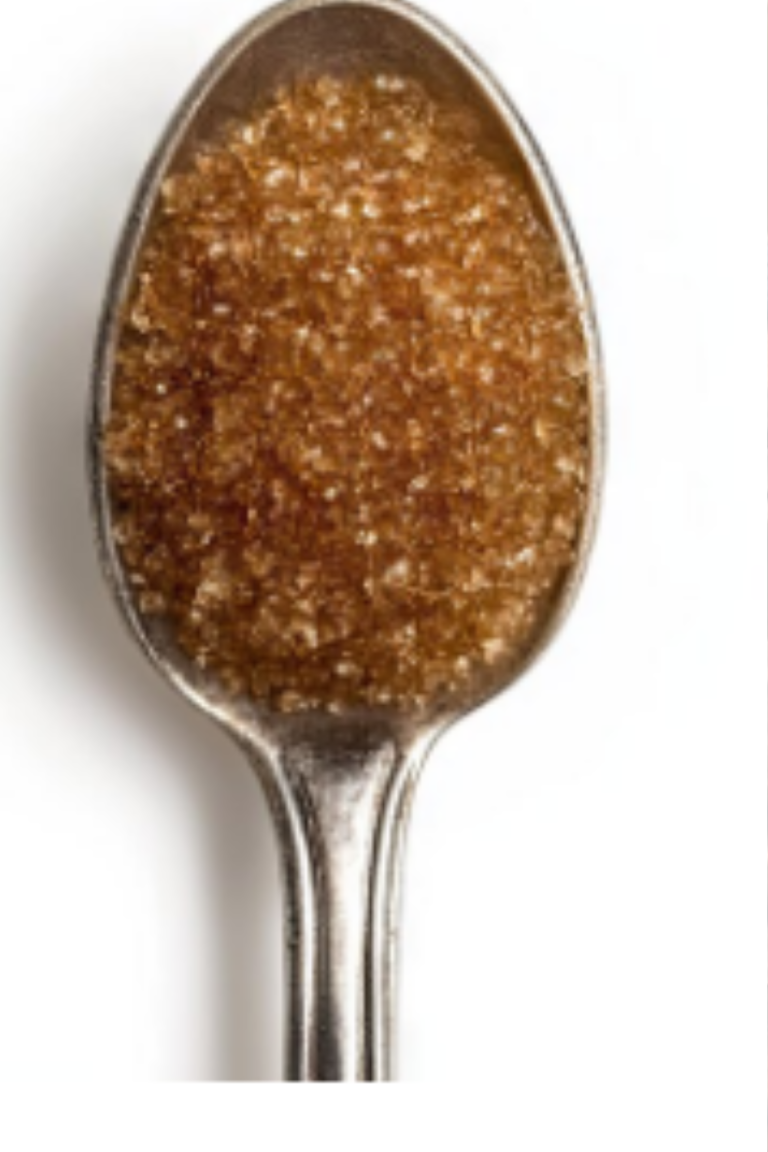AFM: Almond Flour Mix role in cakes Explained

Almond Flour Mix Vanilla Cake recipe
Ingredients
- 1 cup almond flour
- 1/2 cup coconut flour
- 1 cup sugar
- 1/2 cup butter softened
- 4 eggs
- 1 teaspoon vanilla extract
- 1/2 teaspoon baking soda
- 1/4 teaspoon salt
Instructions
- Preheat your oven to 350°F (175°C).
- Grease and flour a cake pan.
- In a bowl, mix the almond flour, coconut flour, baking soda, and salt.
- In a separate bowl, cream the butter and sugar until light and fluffy.
- Add the eggs one at a time, beating well after each addition.
- Stir in the vanilla extract.
- Gradually mix the dry ingredients into the wet ingredients until well combined.
- Pour the batter into the prepared cake pan and smooth the top.
- Bake for 30-35 minutes, or until a toothpick inserted into the center comes out clean.
- Let the cake cool in the pan for 10 minutes, then turn out onto a wire rack to cool completely.
Comparison Table: AFM – Almond Flour Mix vs. Other Flours
| Aspect | AFM – Almond Flour Mix | All-Purpose Flour | Coconut Flour | Gluten-Free Flour Blends |
|---|---|---|---|---|
| Texture and Moisture | Moist, tender crumb | Light, fluffy, can be dry | Very absorbent, can be dense | Varies, often tries to mimic wheat flour |
| Flavor | Nutty, enhances overall taste | Neutral | Strong coconut flavor | Neutral, designed to not alter taste |
| Nutritional Profile | High in protein, healthy fats, and vitamins (E, magnesium) | Lower in protein, fats, fewer vitamins and minerals | High in fiber, low in carbs | Varies, often lower in protein unless fortified |
| Binding Properties | Needs additional binding agents (e.g., extra eggs) | Good binding properties | Poor binding, needs many eggs | Varies, often includes binders like xanthan gum |
| Gluten Content | Gluten-free | Contains gluten | Gluten-free | Gluten-free |
| Usage Adjustments | Requires less flour, adjust liquid | Standard usage | Requires more liquid, adjust for absorbency | Varies, follow specific blend recommendations |
Key Notes and Considerations
- Texture and Moisture:
- AFM: Produces moist and tender cakes, ideal for recipes where a moist crumb is desired.
- All-Purpose Flour: Results in a classic cake texture, though it can dry out if overbaked.
- Coconut Flour: Extremely absorbent, necessitates a lot of liquid and can lead to denser cakes.
- Gluten-Free Blends: Aims to replicate the lightness of wheat flour but can vary in results based on the blend.
- Flavor:
- AFM: Adds a mild, nutty flavor, which complements many cake flavors.
- All-Purpose Flour: Has a neutral taste, making it versatile for any recipe.
- Coconut Flour: Imparts a distinct coconut flavor, which may not suit all recipes.
- Gluten-Free Blends: Generally neutral to avoid altering the taste of the cake.
- Nutritional Profile:
- AFM: Offers a boost in protein, healthy fats, and essential vitamins and minerals, contributing to a healthier cake option.
- All-Purpose Flour: Lower in nutritional value compared to AFM, mainly carbohydrates.
- Coconut Flour: High in fiber, making it suitable for low-carb and high-fiber diets.
- Gluten-Free Blends: Nutritional content varies; some blends may be fortified to enhance their nutritional profile.
- Binding Properties:
- AFM: Requires additional binding agents, such as extra eggs, to provide structure to the cakes.
- All-Purpose Flour: Naturally has good binding properties due to gluten.
- Coconut Flour: Needs many eggs or other binders due to its absorbency and lack of binding ability.
- Gluten-Free Blends: Often includes binders like xanthan gum to mimic the binding properties of gluten.
- Gluten Content:
- AFM: Naturally gluten-free, suitable for gluten-sensitive individuals.
- All-Purpose Flour: Contains gluten, not suitable for gluten-free diets.
- Coconut Flour: Gluten-free, a good alternative for those avoiding gluten.
- Gluten-Free Blends: Specifically formulated to be gluten-free.
- Usage Adjustments:
- AFM: Less is needed compared to wheat flour; adjust liquid content accordingly.
- All-Purpose Flour: Standard flour usage, no adjustments needed.
- Coconut Flour: Requires significantly more liquid and adjustments in the number of eggs used.
- Gluten-Free Blends: Follow specific blend instructions for best results. Check out the right Almond Flour Mix, cake tools, and ingredients that you need here.

Hi!
I’m Mike, the creator of Forum Foodies. In my own personal experience, understanding ingredients is key to great cooking.
Forum Foodies offers guides on various ingredients, from staples to exotic finds. Join our community, share your experiences, and learn from fellow food lovers.
Have questions or suggestions? Email me at info@forumfoodies.com. Let’s embark on this delicious adventure together.
Happy cooking.
Mike/






